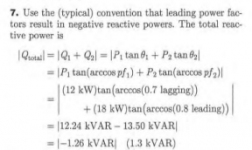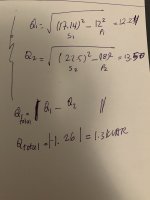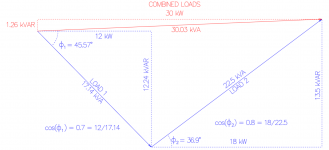Student323
ThinkingNotToThink
- Location
- Chi Town
- Occupation
- Engineering Student
Hi everyone, I am studying for the FE exam and the concept of apparent power, real power, and reactive power is still somewhat shaky for me.
Problem:
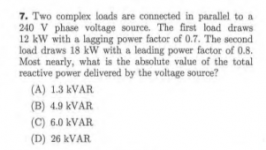
I tried solving the problem above as follows:

The book solution is as follows:
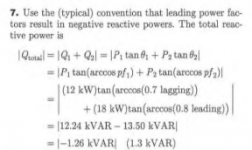
Is there a way to do it the same method I did but fix it to match the final solution? I wasn't sure how to go about doing that. Any insight will be greatly appreciated. I am trying to understand the concepts of intelligibly using apparent, real, and reactive power equations instead of just getting solutions. The book solution is confusing.
This problem is from the book " FE Electrical and Computer Review Manual"
Problem:

I tried solving the problem above as follows:

The book solution is as follows:

Is there a way to do it the same method I did but fix it to match the final solution? I wasn't sure how to go about doing that. Any insight will be greatly appreciated. I am trying to understand the concepts of intelligibly using apparent, real, and reactive power equations instead of just getting solutions. The book solution is confusing.
This problem is from the book " FE Electrical and Computer Review Manual"


